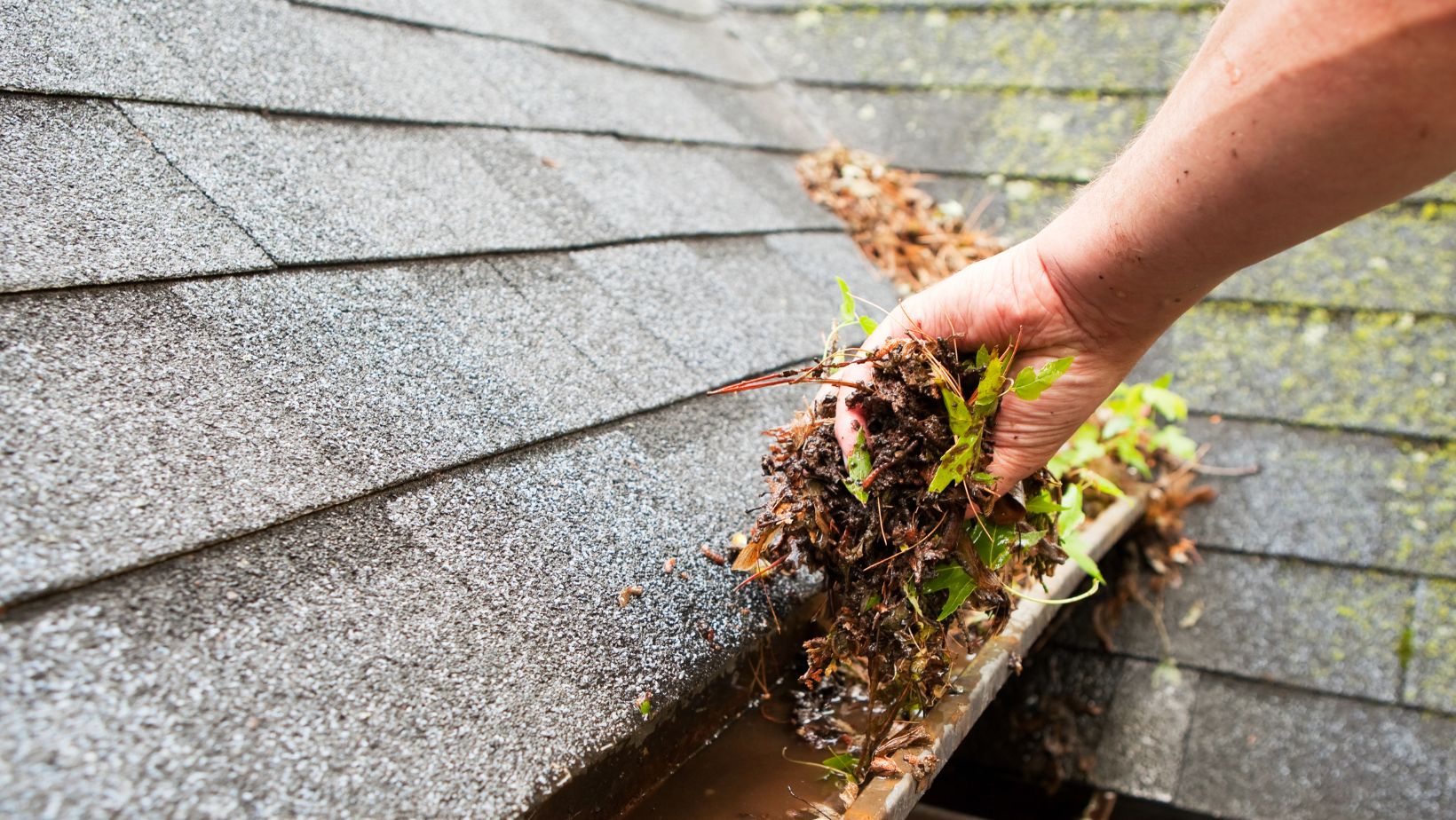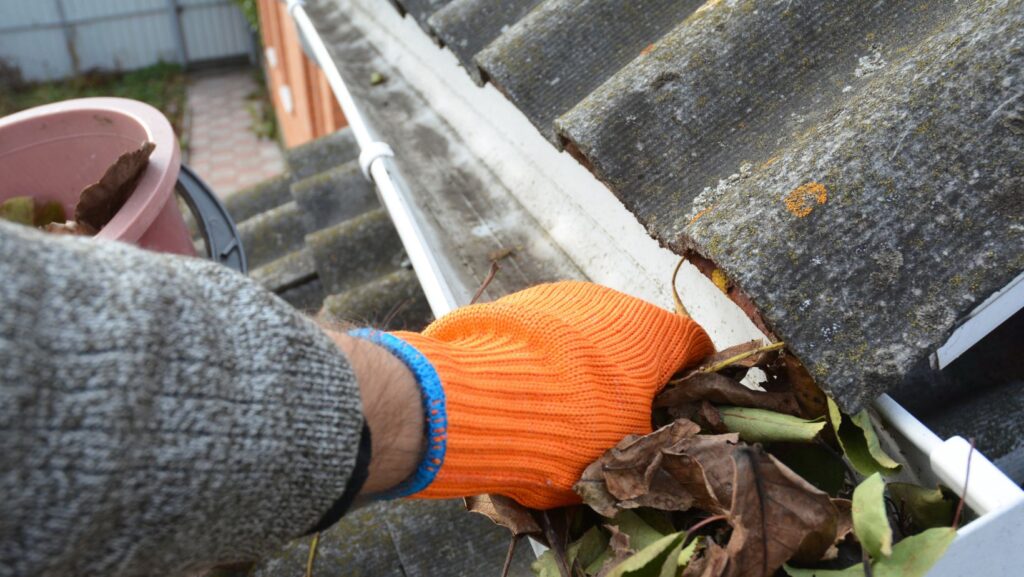Autumn leaves drifting across your yard look beautiful—until they clog your gutters and overwhelm your drains. All it takes is one heavy downpour for those blockages to turn into overflowing gutters, water pooling around your home, and potential damage to walls or foundations. Staying ahead of the problem is easier than dealing with costly repairs after the fact.
One overlooked factor is how surrounding plants are managed. If large branches hang directly over your roof or thick shrubs block access to drains, the volume of debris builds quickly. Timely vegetation removal around problem areas not only reduces the leaf load but also makes routine maintenance safer and simpler.
You don’t need to dread the next storm. With a few regular habits and some smart planning, you can keep drains and gutters flowing freely, no matter how fast the leaves pile up.
Inspect and Clear Gutters Regularly
Leaves, twigs and dirt build up faster than you might think, especially after windy days. Set a reminder to check your gutters at least once a month during leaf‑fall seasons. When cleaning:
- Wear gloves and use a stable ladder
- Scoop out debris into a bucket rather than dropping it on the ground
- Rinse with a hose to make sure downpipes run freely
If you’re uncomfortable working at heights, consider hiring a professional gutter cleaning service for peace of mind.
Install Guards and Screens
Gutter guards or mesh screens can drastically reduce the amount of debris that enters your system. They allow rainwater through while keeping out leaves and larger twigs. These are especially useful for homes surrounded by tall trees. While guards don’t eliminate maintenance completely, they cut down on how often you need to clean.
Manage Trees and Garden Beds
Trim back overhanging branches and thin out dense foliage close to your home. This not only reduces falling leaves but also allows more sunlight and airflow, helping gutters dry out after rain. Consider moving garden beds or mulch away from drain openings, as loose material can wash straight into pipes during heavy rain.
Create a Routine for Yard Clean‑Up
Sweeping paths, patios, and decks before storms stop loose leaves from being carried into drains. Rake garden areas weekly and collect debris for composting or council green waste.
Check Ground Drains and Grates
It’s not just the roof that matters—surface drains around driveways and patios need attention too. Lift grates and clear built‑up silt or leaves. A quick hose down keeps water flowing away from your home instead of pooling in unwanted areas.
Plan for Heavy Rain
In regions prone to intense storms, take extra precautions:
- Keep a small hand tool handy to clear debris mid‑storm if safe
- Mark the locations of hidden drains so you can find them quickly
- Have sandbags or diversion channels ready if flooding is a known risk
A Little Effort Goes a Long Way
Clear gutters and drains aren’t just about neatness—they’re a crucial part of protecting your home from water damage. By keeping up with small, regular tasks like trimming vegetation, sweeping paths, and checking screens, you create a system that can handle even the heaviest leaf fall. Your home stays drier, safer, and far easier to maintain year after year.


More Stories
Popular Luxury Developments In Abu Dhabi 2025
Why Online Casino Roulette Never Goes Out of Style
Tips for Turning a Shipping Container Into a Workshop or Storage Unit